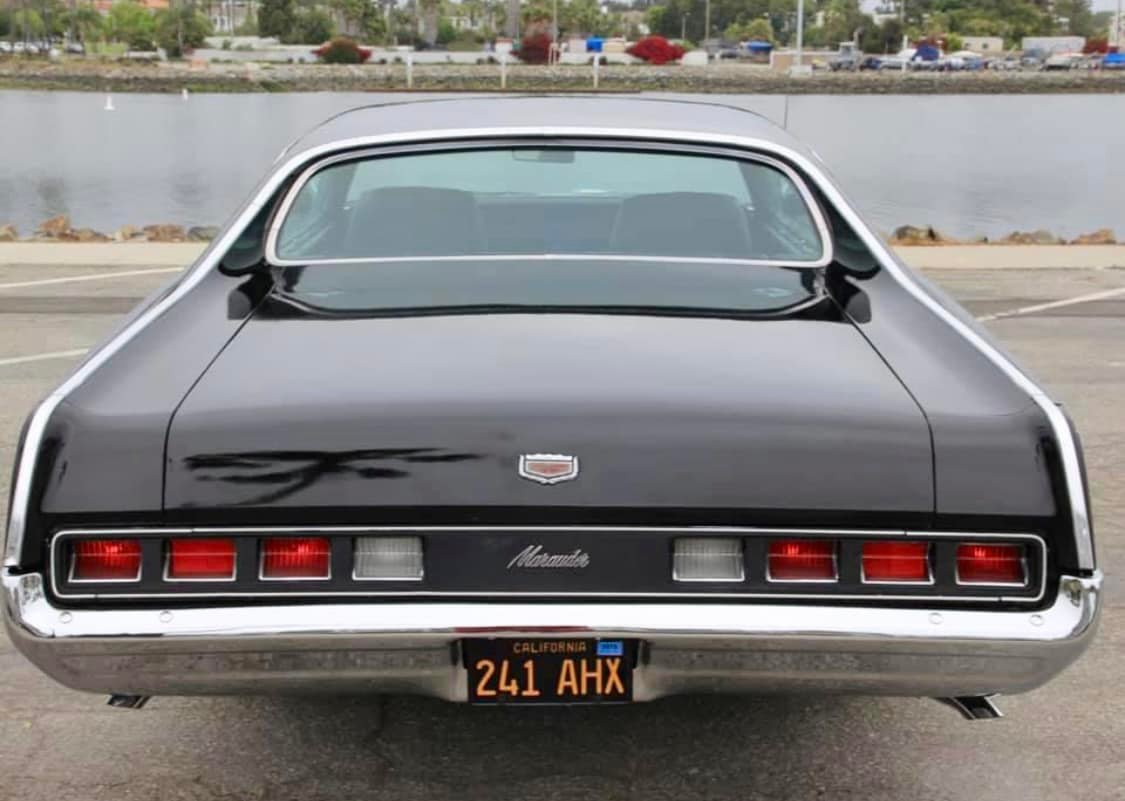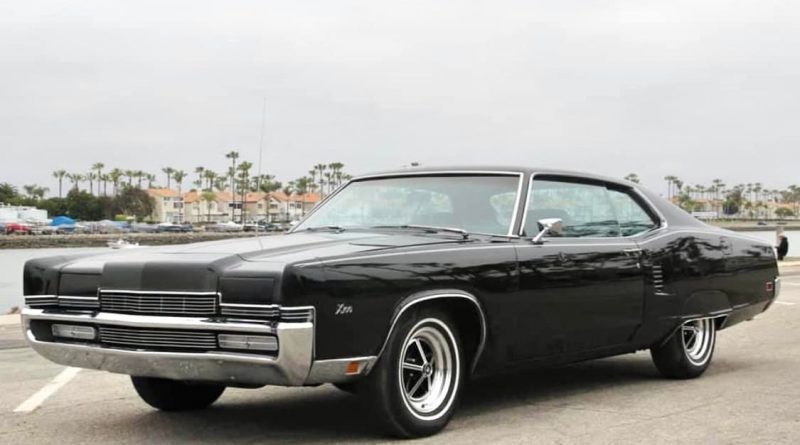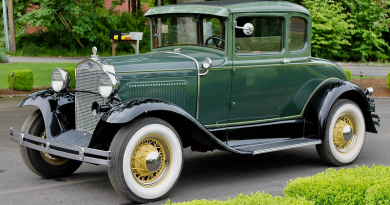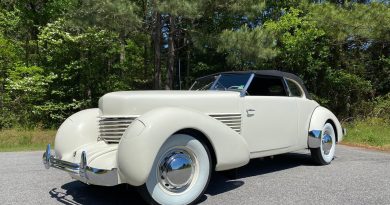1970 Mercury Marauder X100 429
The Marauder name started out as a Mercury trim package midway through the 1963 model year. A development for the brand’s full-size cars, there were Marauder badges applied to the Park Lane, Monterey, Montclair, and the short-lived S-55 coupe. Cars built to Marauder spec had hardtop or notchback roof styles (no Breezeway here), bucket seats, and a center console. Generally, it brought the more relaxed Mercury offerings in line with Ford’s Galaxie models.
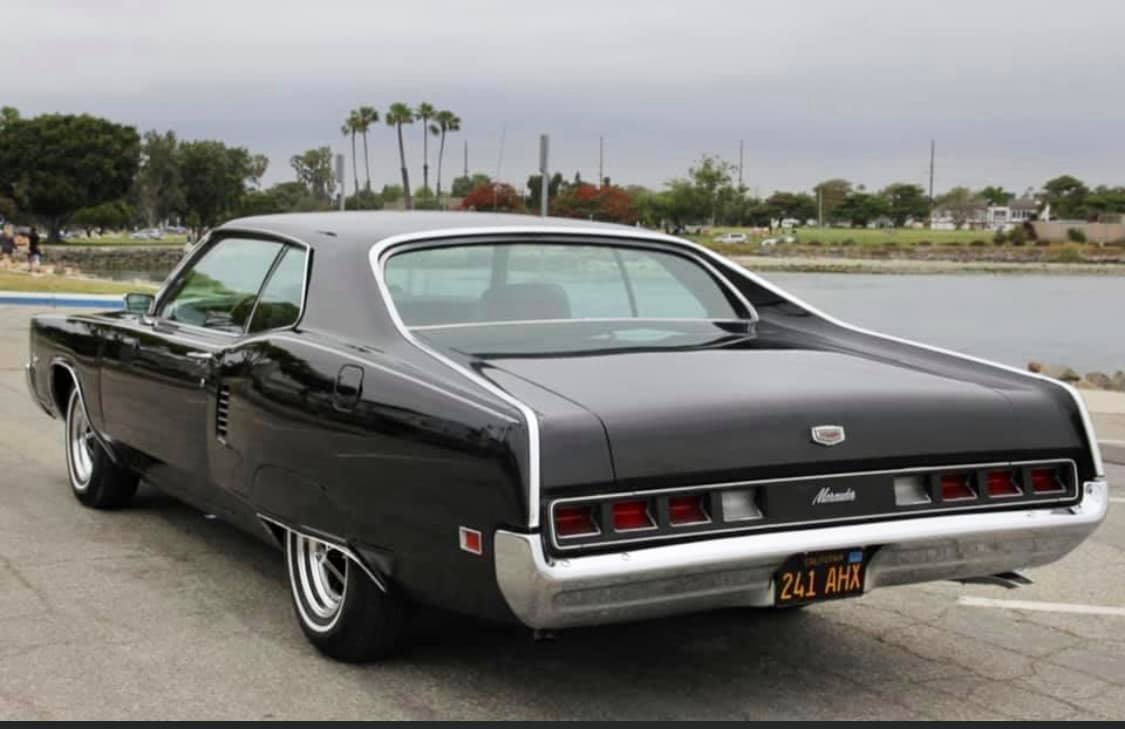
Those first Marauders didn’t last for long; consumers wanted to hear more about luxury than sporting pretensions. After 1965 Marauder offerings disappeared from Mercury, only to reappear four years later.

Fortunately, Mercury was serious about using displacement to differentiate the X100 from its Marauder roots, and as a result all cars came with a 360 horsepower, 429 CID V8 that also pushed out an astonishing 480 lb-ft of torque at a very low 2,800 rpm. This was the same N-code engine that would be dubbed the ‘Cobra Jet’ in other Ford applications.
From a performance perspective, even with the big block the Marauder X100 wasn’t exactly dominating the street. A mid-15 second quarter mile was possible if owners ticked the box for the available limited-slip differential and 3.25:1 rear gearing, and the sprint to 60 miles per hour was accomplished in a respectable 7.8 seconds.
A 3-speed automatic transmission was standard, but if one wanted a bit of extra body control in the corners it was possible to upgrade to a ‘competition’ suspension that featured burlier shocks and springs as well as a thicker anti-sway bar. Where the car truly shined, however, was on the highway, what with gobs of torque generously doled out at speeds that would truly test the mettle of the car’s available power brakes.

The cabin is trimmed in black vinyl with woodgrain accents on the door panels, dashboard face, and steering wheel. The seller has included a photo of torn trim on the left rear side panel. An aftermarket windshield wiper switch and a modern JVC stereo are mounted to the dash.
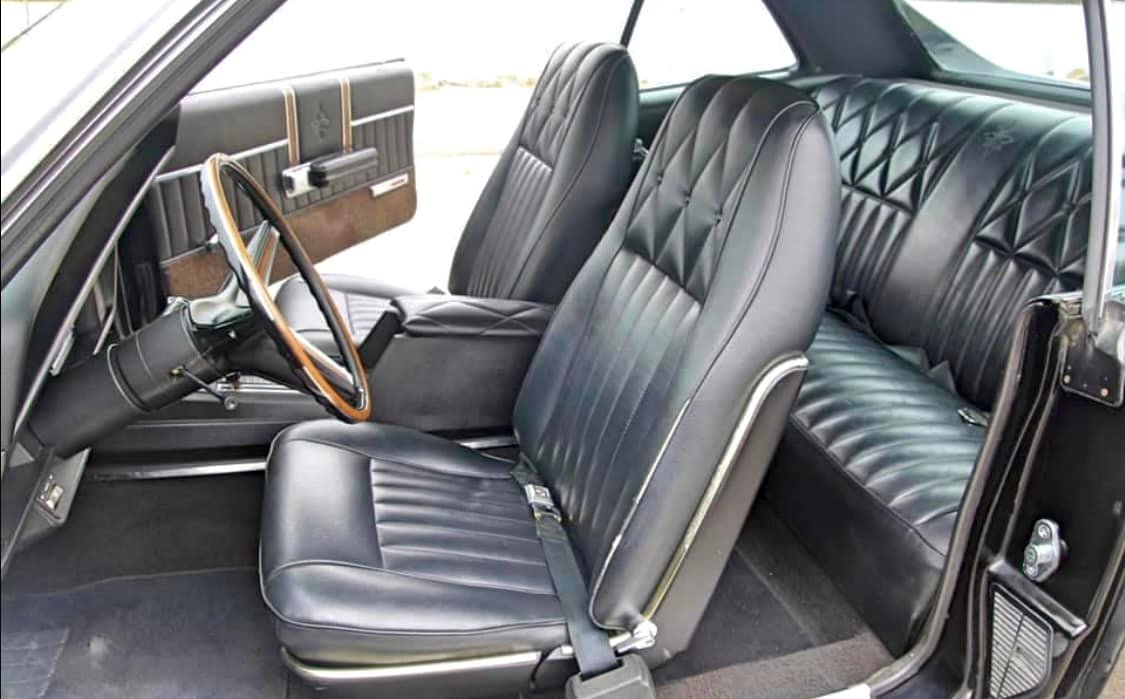

Mercury wouldn’t give up on personal luxury performance entirely, as the Cougar would briefly offer several intriguing drivetrain options in the 1980s, but for the most part the departure of the X100 showed that the company was well on its way to becoming a FoMoCo clone-maker. Today the mega-coupe stands as a still-affordable example of palatable automotive excess just before the ‘more-is-more’ philosophy went completely off the rails for early 70s domestic automakers.
